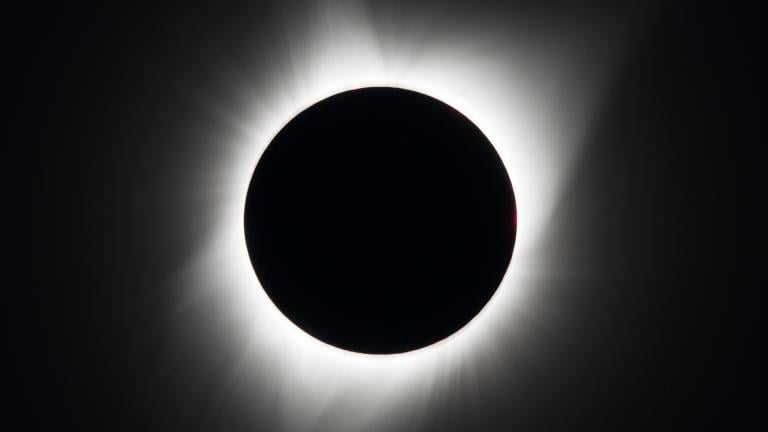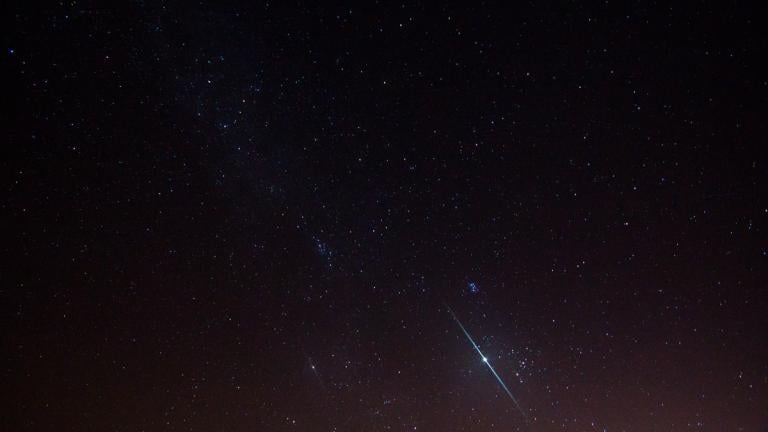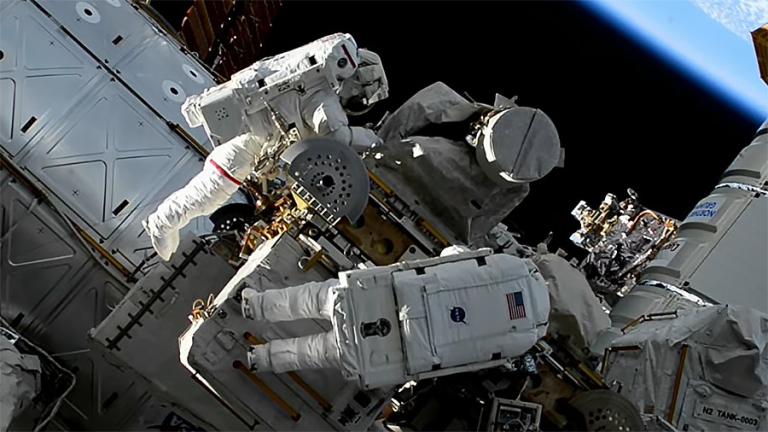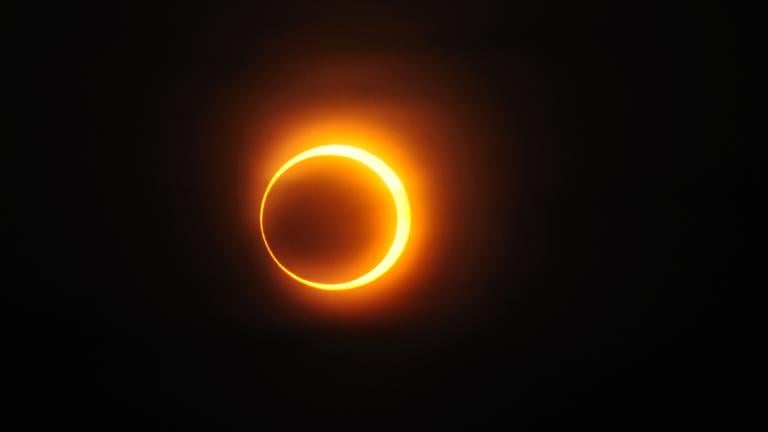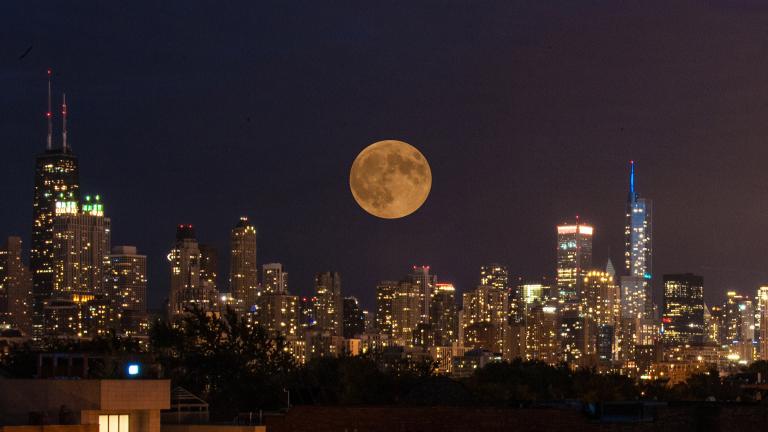Video: Philipp Heck, associate curator at the Field Museum, discusses the early morning meteor event. (Evan Garcia / Chicago Tonight)
It’s not only the president who takes to Twitter in the middle of the night to share big news.
At 2:35 a.m. Monday, the Chicago office of the National Weather Service jumped online to tell the world about a meteor that lit up skies across the Midwest just an hour earlier.
The message featured a video taken from a Lisle Police Officer’s dashcam that shows a bright meteor flashing across the suburban Chicago sky.
Check out this INCREDIBLE video of the #meteor this morning as viewed from a Lisle, IL police car dash cam! Thanks to Lisle PD for sharing! pic.twitter.com/uYELKkBxRO
— NWS Chicago (@NWSChicago) February 6, 2017
News about the meteor spread quickly: by 8 a.m., meteorologist Jeff Last of NWS’ Green Bay office was on CNN discussing the event, he said on Twitter.
Last also shared a map from the NWS' Doppler radar, which appears to have picked up the meteor.
Meteor likely detected by NWS Doppler radar. Radar capture at 1:29 AM. pic.twitter.com/zeUKCQ3zAU
— Jeff Last (@JeffLast) February 6, 2017
By early Monday afternoon, the American Meteor Society, which monitors meteor showers, had received 222 reports of sightings, according to its website.
“The green fireball was seen primarily from Illinois and Wisconsin but witnesses from Michigan, Indiana, Ohio, Iowa, New York, Kentucky, Minnesota and Ontario (Canada) also reported the event,” the AMS wrote on its site.
The “fireball event,” as the AMS called it, occurred at about 1:27 a.m. Based on the AMS’ plotting of witness reports, the meteor traveled from the southwest to northeast, ending its flight on Lake Michigan off of Wisconsin, somewhere between Sheboygan and Manitowoc.
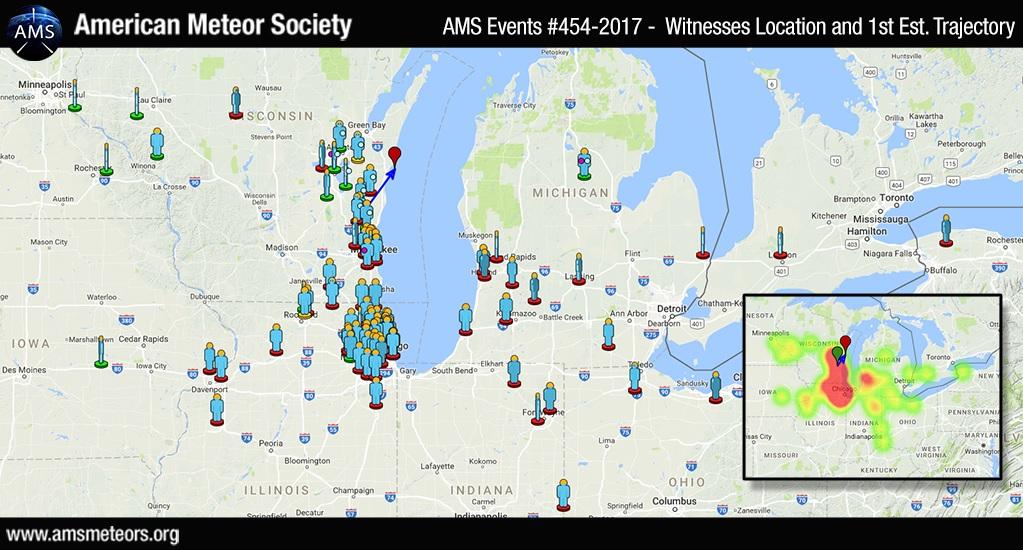 (American Meteor Society)
(American Meteor Society)
The meteor was also captured on video from the roof of the University of Wisconsin’s Atmospheric, Oceanic and Space Sciences building, and several other locations in Wisconsin.
AWESOME video of early AM #meteor! This video is from Plover, WI. #swiwx #wiwx #mnwx #iawx #miwx pic.twitter.com/Z1sgxzWZ1u
— NWS Milwaukee (@NWSMKX) February 6, 2017
![]()
Follow Alex Ruppenthal on Twitter: @arupp
Related stories:
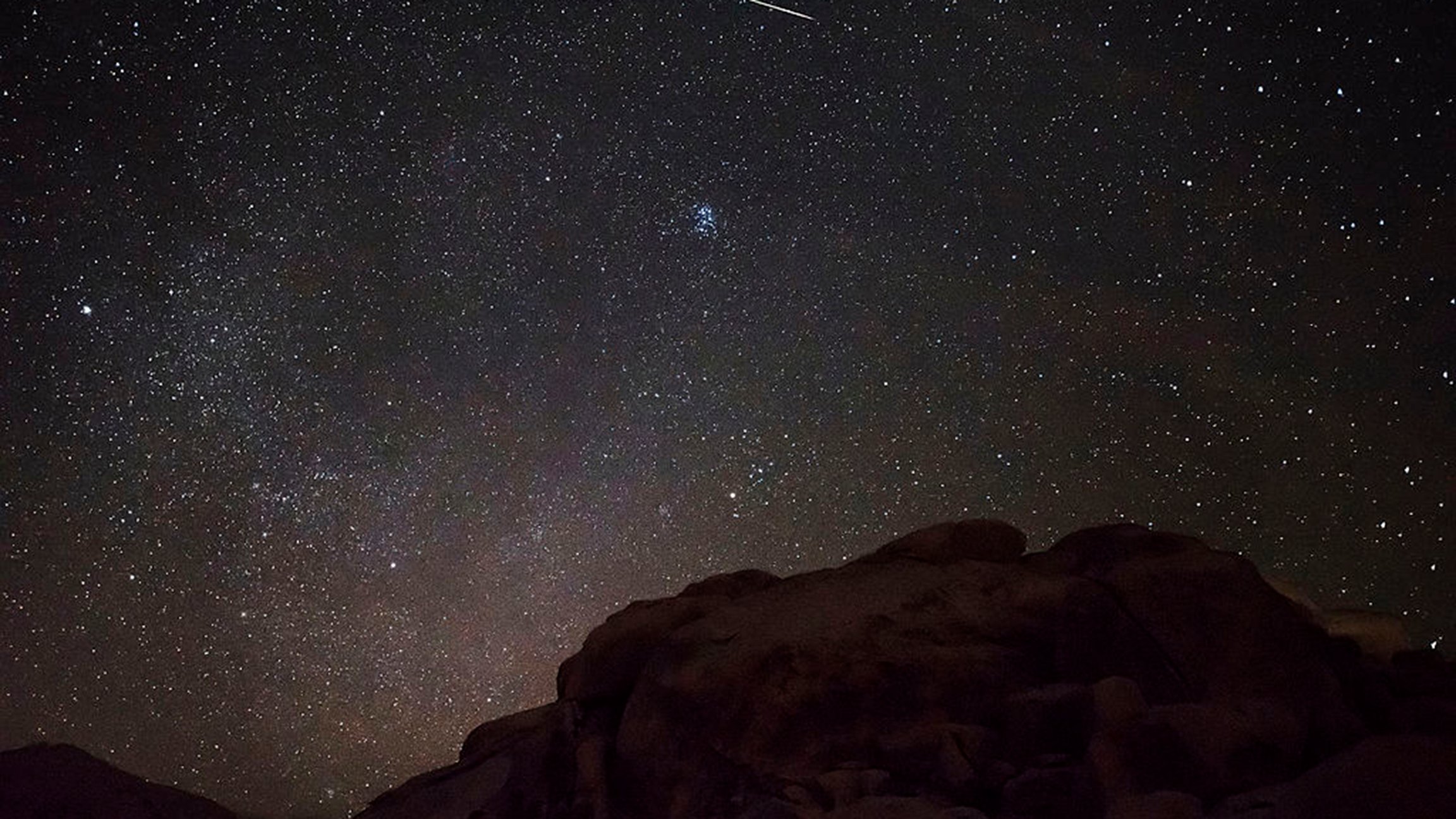 Expect to See an ‘Enhanced’ Perseid Meteor Shower This Week
Expect to See an ‘Enhanced’ Perseid Meteor Shower This Week
Aug. 10: Each August, the Perseid meteor shower lights up the night sky as dozens of meteors fall to Earth, but this year, stargazers could see an outburst—up to 200 meteors per hour—when the shower reaches its peak, according to NASA.
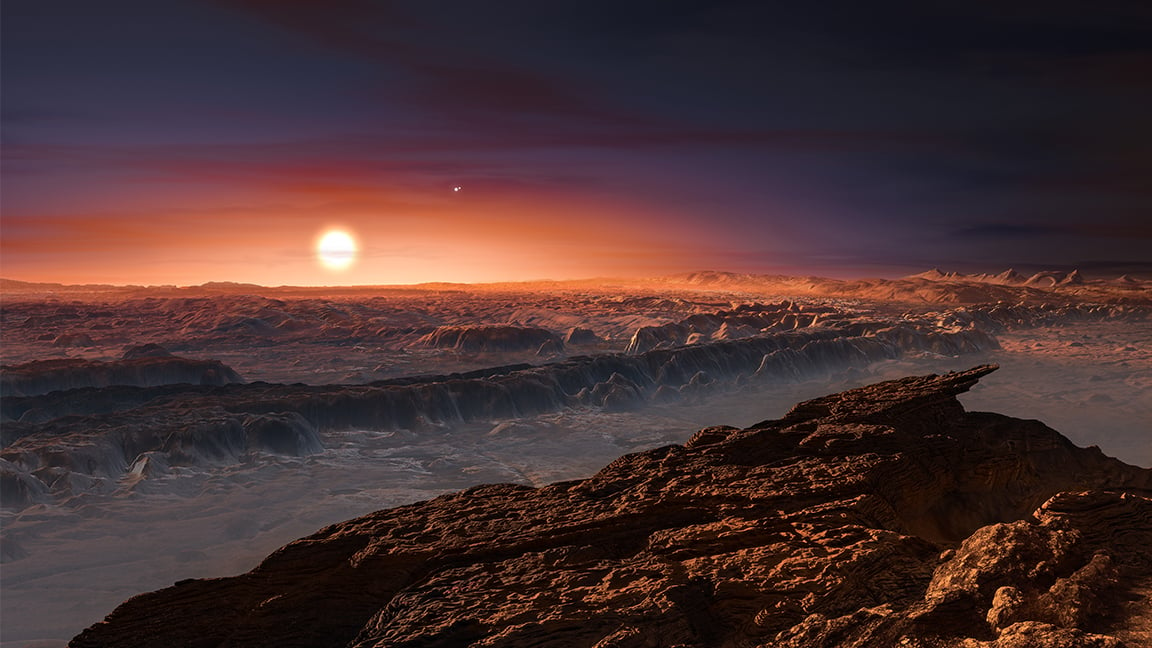 Scientists Discover Potentially Habitable Planet
Scientists Discover Potentially Habitable Planet
Aug. 25: A planet that could potentially host life has been discovered orbiting Proxima Centauri, the star closest to our solar system, according to a report published Wednesday by more than 30 international scientists in the journal Nature.
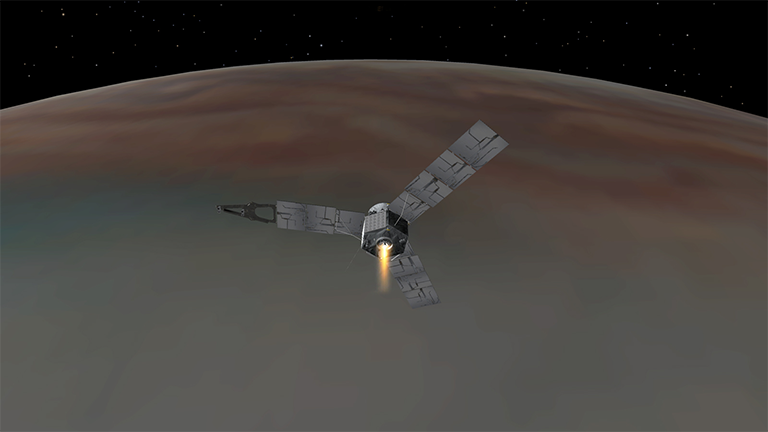 NASA’s Juno Spacecraft Reaches Jupiter After 5-Year Voyage
NASA’s Juno Spacecraft Reaches Jupiter After 5-Year Voyage
July 5: After a five-year, 1.75-billion-mile voyage, NASA's spacecraft named after a Roman goddess successfully entered into orbit around the largest planet in our solar system Monday night.

